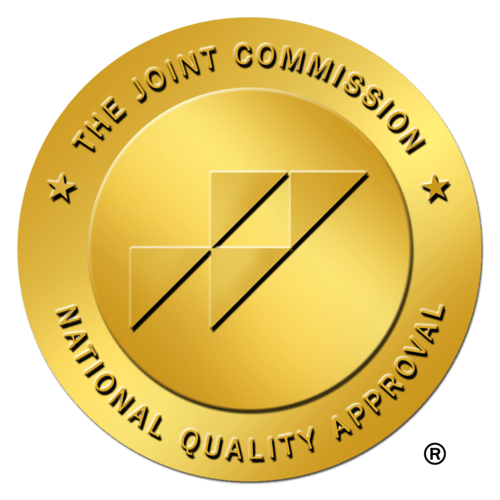
Healthcare facilities across the board are struggling with staffing challenges, including assisted living facilities (ALFs) and skilled nursing facilities (SNFs). These two types of facilities face unique challenges and patient needs, and the staffing crisis has caused them to limit new admissions. In fact, 3 out of 5 post-acute care facilities “have limited new admissions due to staffing shortages” and “nearly 3 out of 4 are concerned that they’ll have to close their facilities over staffing problems.”
Addressing ALF and SNF workforce recovery
The pandemic saw ALFs and SNFs grapple with two years of job losses. “Our caregivers, who are working themselves ragged, and our growing elderly population can’t afford to wait another four years,” said American Health Care Association President and CEO Mark Parkinson. Because of the ongoing staffing crisis, many admins and directors of nursing find themselves increasingly providing patient care and supporting the floor staff which limits their time to strategically address these problems.
There is an urgent need for high quality professionals to provide care to some of the healthcare community’s most vulnerable patients. Those over the age of 85 need the most care, and the percentage of people in that age range is predicted to double to 14 million by 2040. Post-acute care facilities providing that care need a strong pipeline of professionals, but as wages rise, they are competing “for a shrinking pool of available workers.”
Financial strains often make it difficult to solve these labor challenges. For example, facilities are often fiercely cost-conscious and typically seek options that adhere to narrow margins. Some of these facilities also hold contracts with other healthcare systems, making it difficult to enter into any new agency contracts.
Boosting the post-pandemic healthcare workforce
So where does CareRev step in? As a SaaS-based platform, CareRev makes on-demand work possible for ALFs and SNFs by aggregating shifts and professionals into one technology platform. It embraces practical innovation, giving facilities the ability to:
- tap into overlooked talent looking for more flexibility
- solve staffing shortages by leveraging local direct care professionals
- reduce reliance on costly, long-term travel and agency contracts

These facilities can post their shift openings requesting RNs, CNAs, LVNs & LPNs. Fully-vetted professionals on the CareRev app get notifications on their smartphone and can pick up shifts within minutes. This gives facilities the opportunity to staff according to real-time patient needs. They can even schedule ahead and get backup professionals on demand.
CareRev streamlines recruiting, credentialing, and onboarding, providing a quick and easy avenue for healthcare professionals to pick up shifts. We focus on quality and quantity. We ensure the highest level of confidence in professionals on our platform before they ever walk through a facility’s doors. Our experienced, multi-speciality RN interview team build a high-quality pool of direct care professionals by:
- recruiting with a data-driven and purposeful strategy for ALFs and SNFs
- promoting opportunities through social media channels, events, and campaigns to build connections with professionals with experience in post-acute care facilities
- engaging with professionals on our platform so that they are active and ready to work
- driving communications prior to credential expiration to ensure professionals are always in compliance
- continuously researching and complying with new standards from The Joint Commission
ALFs and SNFs need a boost to their operations to quickly tackle the staffing shortage. Staffing in these facilities “has not recovered at the same rate as hospitals, physicians’ offices and other healthcare facilities,” and sustainable action is urgently needed.
With CareRev, turnover and staffing shortages at post-acute care facilities are addressed through a powerful technology-enabled, on-demand staffing model. It provides more consistency in staffing levels while remaining flexible to meet fluctuating resident demands.





